Let’s discuss the Free Community Tool to Self Fix Intune Problems Issues. SelfX (Self Fix) is a user-friendly tool designed to empower end users to resolve common issues on their own without needing IT support. This free tool is easy to install, use, and customize. You can use the interface by editing an XML file, change issue lists, tool text, colors, icons, and even translate it into different languages.
Deployment is simple via Intune or any method you prefer. Updates are quick too just add a line to the XML and drop the corresponding script in a folder. Users can easily find and fix their own issues using the categorized list or search bar. It reduce the number of support tickets and calls. The issue list can be stored locally or hosted online, offering flexibility in management.
The new Intune Troubleshooting experience in the Intune Admin Portal, introduced with Service Release 2301, offers a more easy and detailed way to diagnose user and device issues. It features a tabbed layout summarizing policy, compliance, and app deployment status, with options to export, filter, and sort reports.
This post covers everything you need to know about SelfX a powerful self-service tool that helps reduce helpdesk tickets and support calls. It enables end users to troubleshoot and fix common issues on their own, often resolving problems before reaching out to IT support.

Table of Contents
What kind of Issues can SelfX Solve?
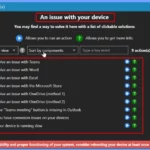
Many common issues that don’t require administrator rights can be resolved using PowerShell scripts. SelfX packages these into a simple interface for end users.
How Does the Tool Work for the End User?
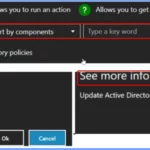
Let’s take a look at how the tool works from the end user’s perspective. The process is simple and user-friendly. When a user faces an issue, they launch the SelfX tool, search for the relevant fix from the available list, and click the Run button.
1. The user encounters an issue.
2. They launch the SelfX tool.
3. They search for the item related to their problem.
4. They click the Run button next to the fix.
5. A PowerShell script executes silently in the background.
6. The issue is resolved no need to call support.
Do Users Need Admin Access to Run the Fixes?
No. The tool is specifically designed to run without needing administrative privileges. The end users can execute fixes independently, without elevated permissions, making it safe and convenient for everyday troubleshooting.
Free Community Tool to Self Fix Intune Problems Issues
Damien Van Robaeys is a Modern Workplace consultant with expertise in PowerShell, Intune, MECM, and automation. He has introduced and explained SelfX (Self Fix) a tool designed to help users troubleshoot and fix common issues on their own. Damien provides a detailed overview of how the tool works, highlighting its ability to guide users through solutions without needing IT support.
This tool is not just about showing issues and scripts. It is designed to help you run PowerShell scripts in the user context, even without admin rights. While it comes with a default list of issues and fixes, you can easily add your own. Just follow two simple steps:
- Add your issue details in the XML file
- Place your PowerShell script in the folder
The tool reads everything from the Issues_List XML—including issue names, scripts, warnings, and button text. You can also create your own categories or actions, all without editing PS1 or XAML files.It is flexible and fully customizable tool that adapts to your needs using just one XML file.
Note – To ensure the stability and proper functioning of your system, consider rebooting your device at least once a week
| Device Issue |
|---|
| Solve an issue with Teams |
| Solve an issue with Word |
| Solve an issue with Excel |
| Solve an issue with the Microsoft Store |
| Solve an issue with OneDrive (method 1) |
| Solve an issue with OneDrive (method 2) |
| The “Teams meeting” button is missing in Outlook |
| You have connexion issues on your devices |
| Your device is running slow |
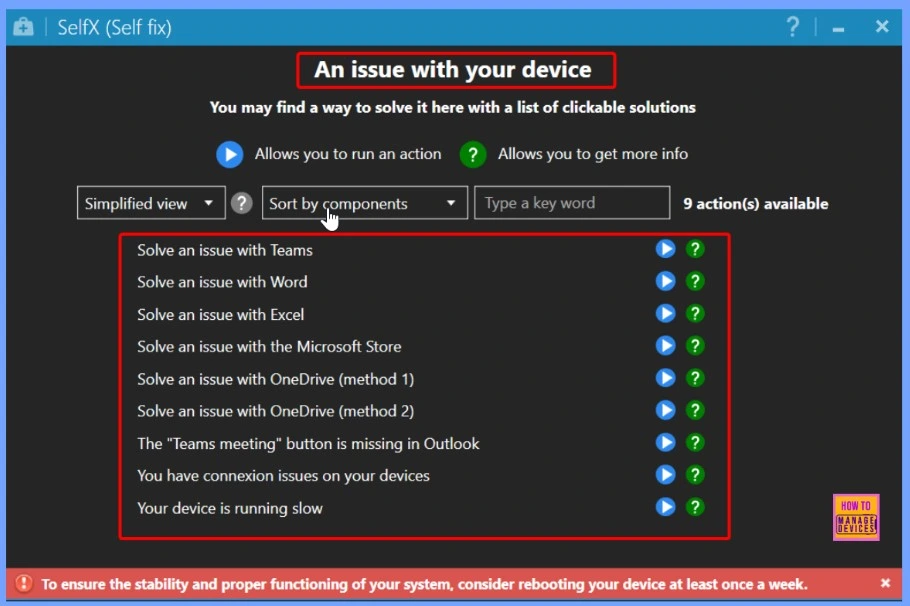
- How To Start Troubleshooting Intune Issues | Fix Intune Issues With Easy Steps
- MDM Diagnostics Tool – Tips & Tricks – Windows Autopilot Troubleshooting
An Issue with Your Device?
Having a problem with your device DEVICE1? This tool might help you fix it with a list of easy-to-use, clickable solutions. You can run actions directly or get more details about each issue. It also lets you sort issues by components, like Teams or OneDrive, and you can search using keywords. There are different actions available to help you troubleshoot common problems quickly.
| SelfX Tool Details | Description |
|---|---|
| An issue with your device DEVICE1? | Main Title Text |
| You may find a way to solve it here with a list of clickable solutions | Subtitle Text |
| Allows you to run an action | Run solution Text |
| Allows you to get more information | Run explanation Text |
| Sort Issues by Components | Issue Filter Title Text |
| Type a Key Word | Issue Filter Keyword Text |
| 39 Actions available | Available Actions Count |
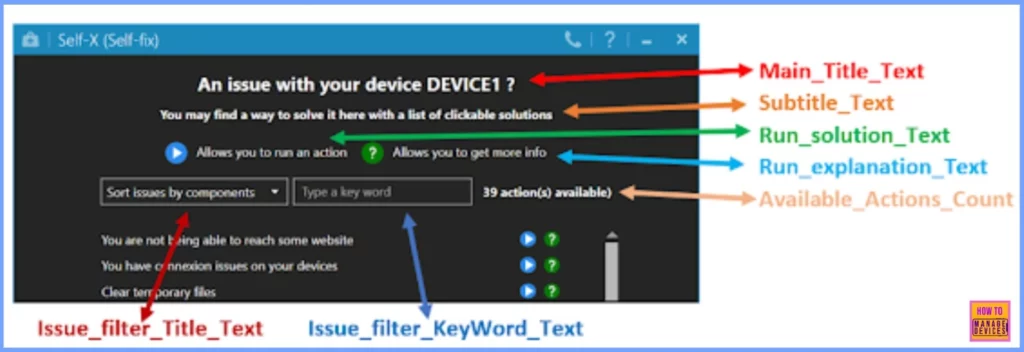
See More Informations
If you are having problems with the OneDrive client such as file or folder synchronization issues, trouble opening files, or other related errors this tool can help. By selecting the “See more info” option, you can get a clearer understanding of the problem and access possible solutions.
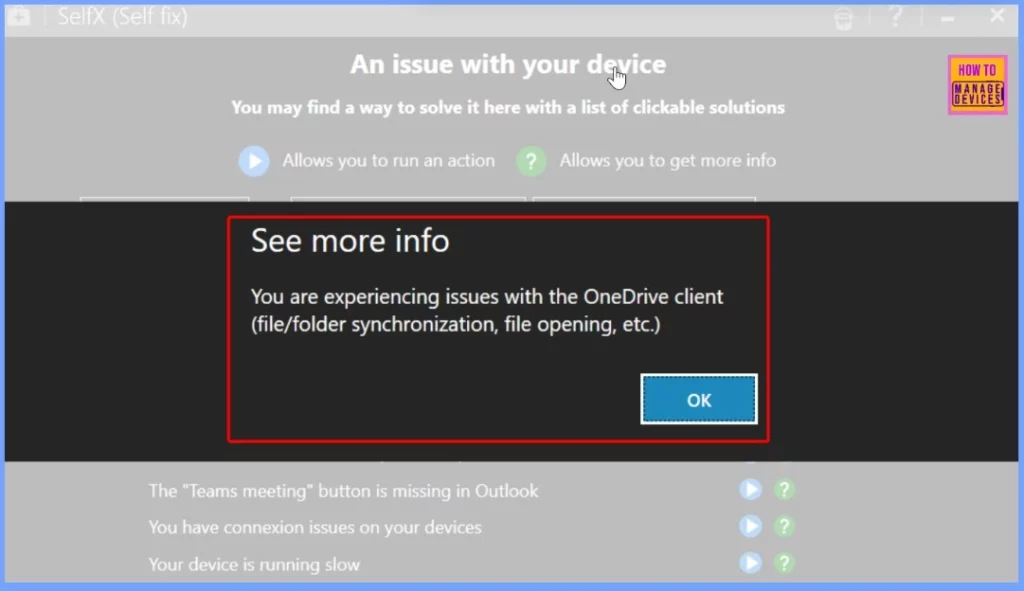
Solving An Issue
With the Selfx tool, you can quickly fix common issues on your own. It gives you clear troubleshooting steps to help solve the problem without needing support. For example, the screenshot below shows how the tool guides you through fixing an issue with Microsoft Teams. It’s a simple and helpful way to handle problems step by step.
To help fix the issue you’re facing with Microsoft Teams, this tool will automatically close and reopen the Teams client for you. If the problem still continues, you can try manually clicking on “Disconnect” within Teams and then signing back in. Should the issue persist even after reconnecting, it’s recommended to contact your support team for further assistance. You’ll be asked whether you want to continue with this action, with options to either proceed by clicking “OK” or cancel by selecting “Annuler“.
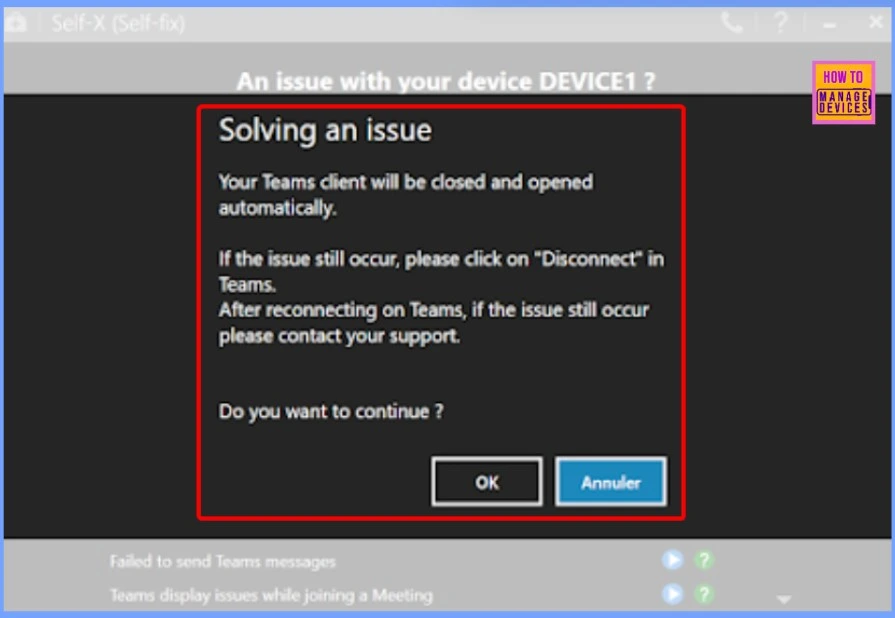
Implementing with Intune
To start deploying a Win32 app using Intune, the first step is to create the .intunewin package. Download and run the IntuneWinAppUtil tool.In the Build tab, go to the Package Sources section and click Browse to select the folder that contains your application files.
- Under Application Name, select the Install.ps1 script.
- In the Location section, choose where the output .intunewin file will be saved by clicking Browse.
- Finally, click Build to generate the package.
- Once done, you’re ready to create a new Win32 app in Intune.
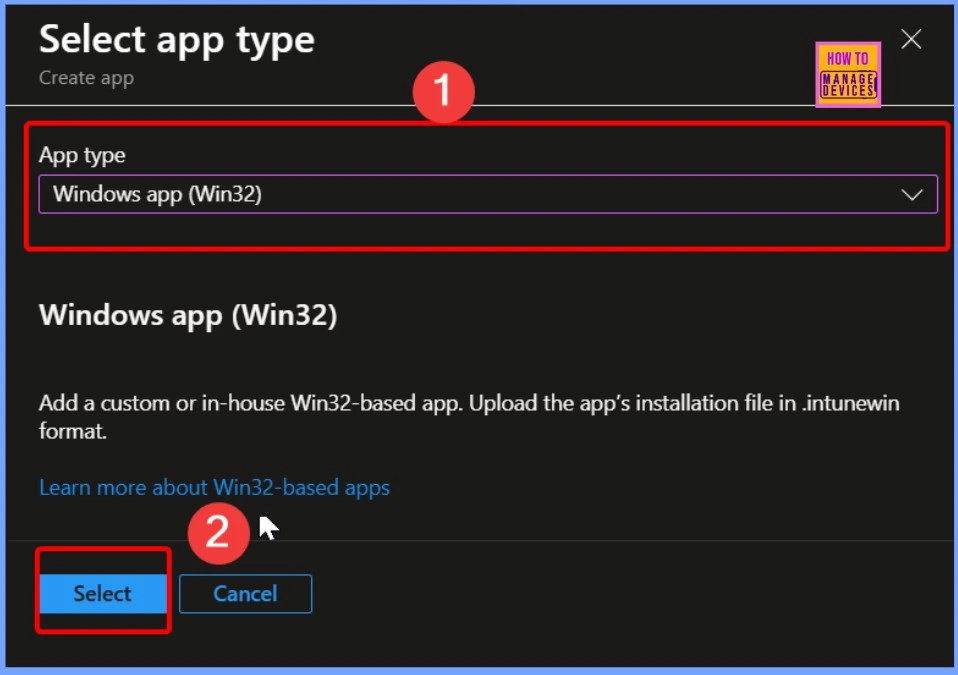
Integrating the Win32 App in Intune
After building the package, follow these steps to upload and configure the app in Intune: Go to Intune Admin Center > Apps. Click Add, and select Windows app (Win32). Browse and upload the .intunewin file you created. Proceed by clicking OK.
- Under App Information, click Configure. Choose to install as user and fill in the app metadata fields.
- Enter the Install command and Uninstall command as required (typically calling the PowerShell script).
- Define your requirements like OS version or architecture.
- In Detection rules, click Configure and choose Use a custom detection script.
- Upload your Detection.ps1 script.
- Click Next, then OK twice to continue.
- Finally, click Add to complete the app integration.

Assigning the App to Devices or Users
To deploy the app, you must assign it to your desired users or devices: Go to the Assignments section. Click Add Group, then select the Azure AD group to which you want to assign the app. Choose Available or Required deployment based on your need.
How to Get the Tool
You can easily download the SelfX tool, simply click on the GitHub Link provided. Once downloaded, you will find a folder named Sources that includes everything you need. These files allow you to customize and run the tool based on your environment and user needs. The sources folder includes the following.
- Scripts_to_run.zip – Contains the PowerShell scripts used to fix various issues
- Issues_List.xml – Defines the list of issues and actions displayed in the tool
- Tool_Config.xml – Manages the tool’s design, language, and other settings
SelfX/SelfX Standard at main · damienvanrobaeys/SelfX · GitHub
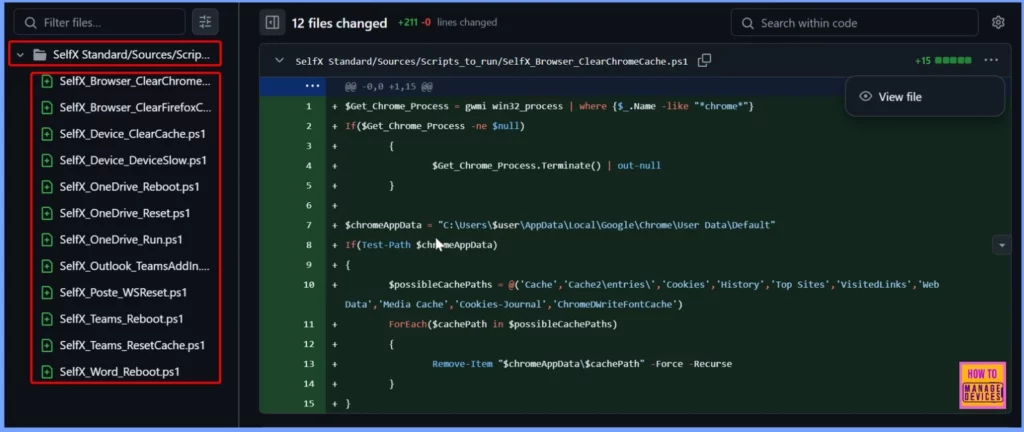
Need Further Assistance or Have Technical Questions?
Join the LinkedIn Page and Telegram group to get the latest step-by-step guides and news updates. Join our Meetup Page to participate in User group meetings. Also, join the WhatsApp Community to get the latest news on Microsoft Technologies. We are there on Reddit as well.
Resources
SelfX (Self fix), a tool allowing users to solve issues themselves | Syst & Deploy
Author
Anoop C Nair has been Microsoft MVP for 10 consecutive years from 2015 onwards. He is a Workplace Solution Architect with more than 22+ years of experience in Workplace technologies. He is a Blogger, Speaker, and Local User Group Community leader. His primary focus is on Device Management technologies like SCCM and Intune. He writes about technologies like Intune, SCCM, Windows, Cloud PC, Windows, Entra, Microsoft Security, Career, etc.
